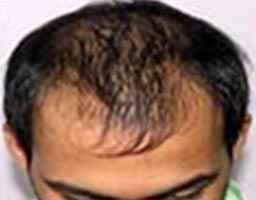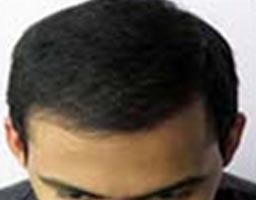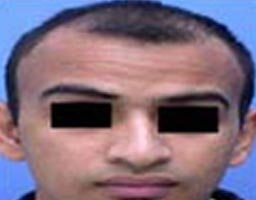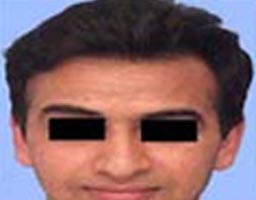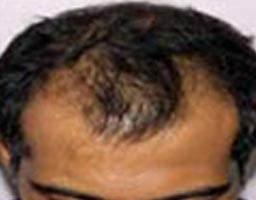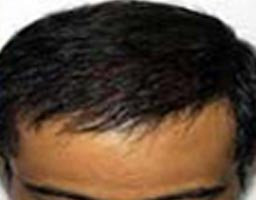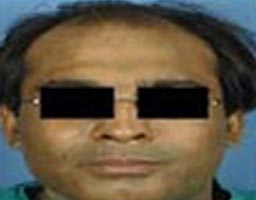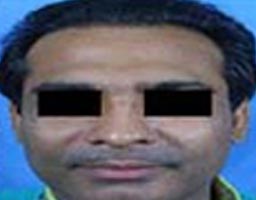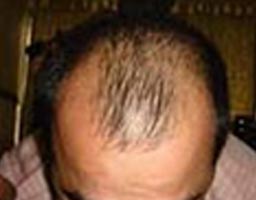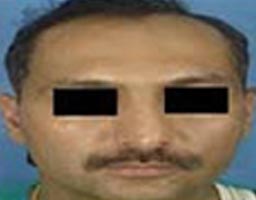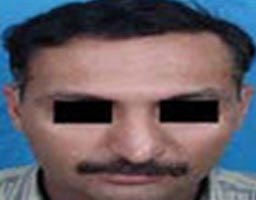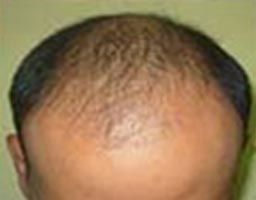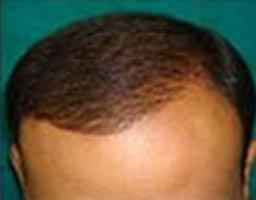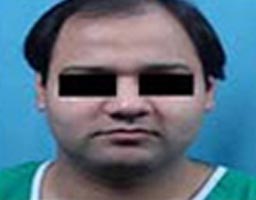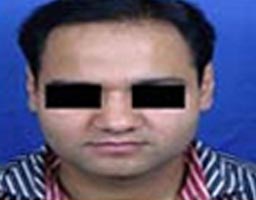What is Hair Transplant?
Hair loss can have a significant impact on a person’s identity, regardless of their gender. It can lead to a profound psychological effect, causing a decrease in self-esteem.
Hair loss can be caused by a variety of factors, including ageing, hormonal changes, family history, and a combination of these factors.
Baldness can be more severe when hair loss begins at a young age, and it can make people appear older, which can have negative social consequences and even lead to despair.
If you require a hair transplant, SCULPT India is the best hair transplant clinic in Guwahati due to our skilled surgeons, first-rate facilities, and attention to detail. Restoring normal hair density is critical to achieving a natural, youthful appearance, and hair transplant surgery is the most reliable and effective method of hair restoration.
At SCULPT India, we provide personalised attention to each patient and address all of their concerns.
If you are considering a hair transplant, visit our Guwahati clinic for the best results. We understand that there are many myths surrounding hair transplant surgery, and we will guide you through the process while ensuring excellent outcomes and affordable hair transplant costs in Guwahati.
If you are interested in learning more about the steps, practices, and safety measures involved in hair transplant surgery, read on to discover the information about the procedure performed by Dr. Vivek Kumar, one of the best hair transplant surgeons in Guwahati.

